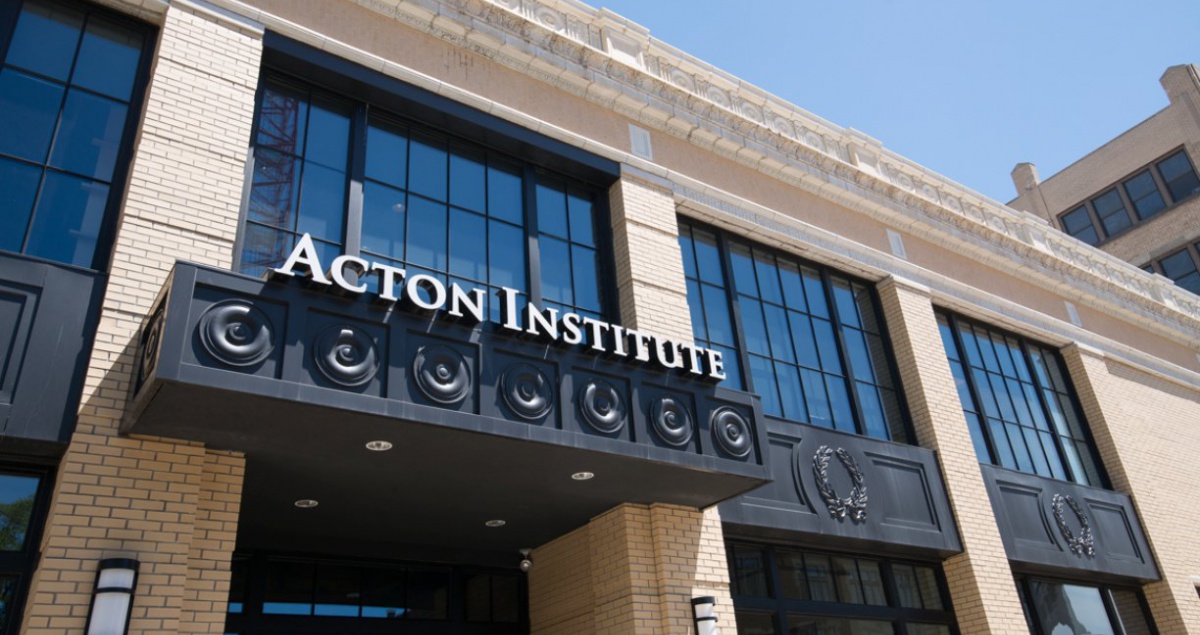 I love babies. And because I love babies, I love economic growth. I’ve explained that connection several times on this blog already, but there is another oft-overlooked way that economic growth helps babies.
I love babies. And because I love babies, I love economic growth. I’ve explained that connection several times on this blog already, but there is another oft-overlooked way that economic growth helps babies.
In the early 1900s, there were more babies than parents could feed. Illegitimate infants suffered high rates of mortality from murder (usually by the mother) or neglect (as wards of the state). Today, a hundred years later, the situation is drastically different. As Megan McCardle notes, adoptable infants are so rare that parents wait years and pay tens of thousands of dollars to get one. What explains the change?
What changed? Two things, I’d suggest: First, we became richer. The cost of feeding and clothing a child was no longer a terrifying burden, so people became more interested in adopting children who weren’t theirs.
Second, the value of child labor declined. People who adopted at the end of the 19th century were often looking for farmhands and junior household help. People who adopted in the middle of the 20th were looking for a child to love.
Obviously, those weren’t the only reasons: Social changes of all sorts mattered a lot. But this is also an economic story; as we got richer, we became more willing, and able, to take care of our nation’s babies. That’s a great story, and we should tell it more often.

